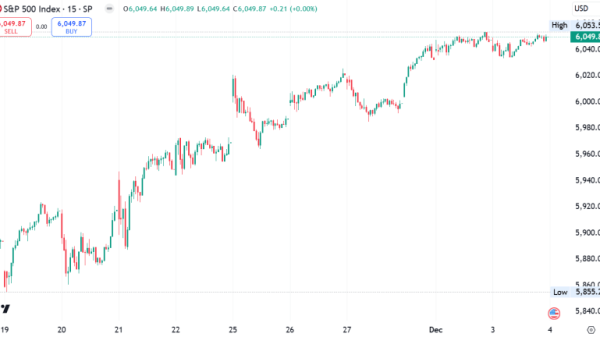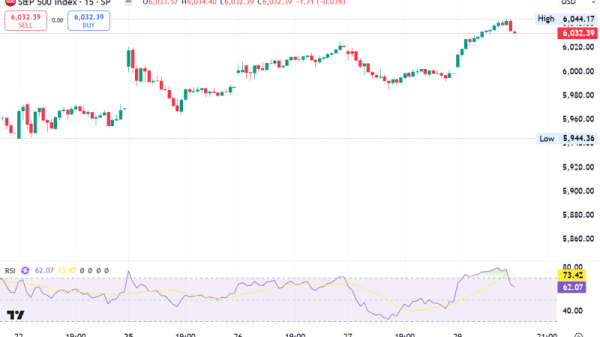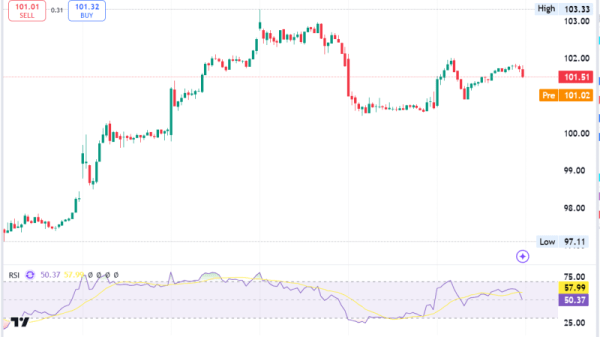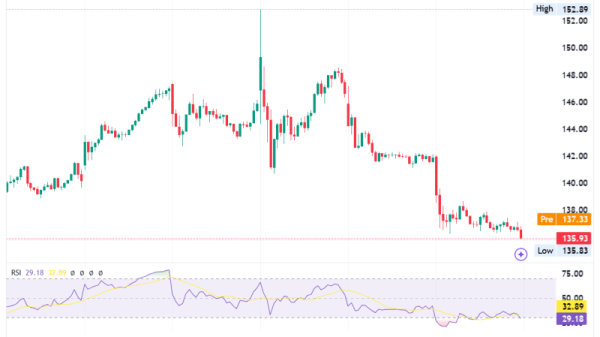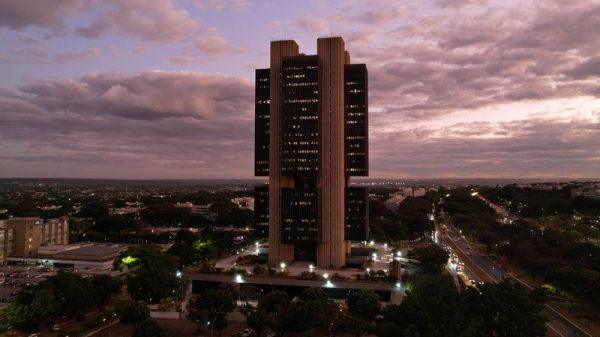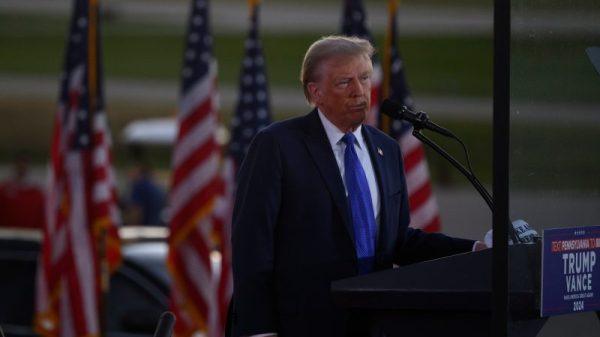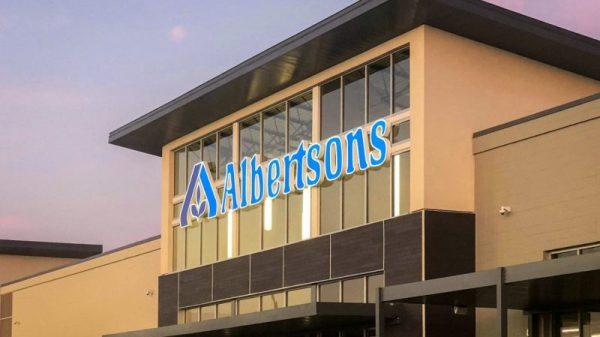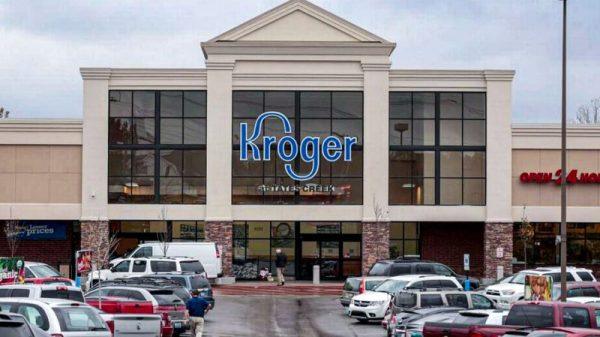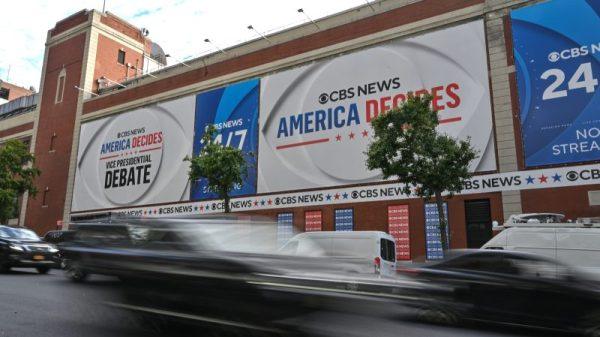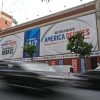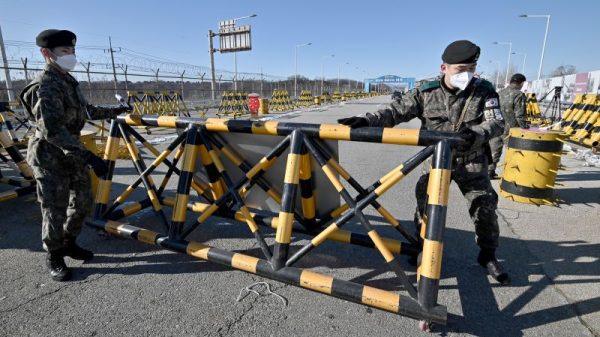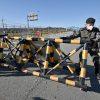By Abhirup Roy
SAN FRANCISCO (Reuters) – General Motors (NYSE:GM)’ decision to pull the plug on its troubled Cruise robotaxi business highlights the harsh reality facing others still in the race: it requires a long-term commitment to perfect the technology and deep pockets to fund it.
Autonomous vehicle (AV) developers are hoping for more favorable regulation under President-elect Donald Trump to remove hurdles to getting the cars on the road.
However, GM’s move suggests that billions in funding weren’t enough in a still-developing part of the industry that has met with several setbacks and skepticism from wary drivers.
“The decision from GM raises an interesting question of whether AV economics can work at all,” Bernstein analysts said in a note. “They can, but it requires capable tech and a willingness to spend billions if an AV provider is keen to scale a proprietary network, as we saw in the early days of rideshare.”
With nearly $10 billion from GM, Cruise had launched commercial operations last year and was once considered an industry frontrunner with the potential to generate $50 billion in annual revenue, but it remained a money-losing enterprise.
Ultimately, Cruise was unable to recover from a 2023 accident in San Francisco when a self-driving vehicle dragged a pedestrian 20 feet. The incident had forced the company to halt operations, face public outrage and a host of investigations.
Cruise resumed supervised autonomous driving in Phoenix this year with safety drivers in a bid to make a comeback.
Its move on Tuesday stunned employees.
“Everyone that I’ve talked to is trying to make sense of everything. We had no idea. This is a shock,” a Cruise source told Reuters. “It’s been business as usual, and we were trying to figure out getting cars on the road,” the source said on condition of anonymity.
Behemoths still vying for the lucrative market include Alphabet (NASDAQ:GOOGL)’s Waymo, the only company that runs paid, uncrewed taxis in the U.S.; Tesla (NASDAQ:TSLA), led by billionaire Elon Musk, a close Trump adviser; and Amazon.com (NASDAQ:AMZN)’s Zoox, which is testing a vehicle that has no manual driver controls such as a steering wheel and pedals.
Chinese companies, including Baidu (NASDAQ:BIDU)’s Apollo and WeRide, are also testing autonomous vehicles in the U.S.
COMPETITORS CRUISE FORWARD
While GM worked to resolve some investigations by paying fines, recalling vehicles and submitting corrective action plans, competitors pushed ahead with their plans.
Musk unveiled a robotaxi – called Cybercab – that he said would be produced in 2026, and Waymo continued to expand.
Cruise’s valuation crashed while Waymo raised more funding and Tesla shares soared.
“Competitors were advancing while they were off the road,” said Jason Petitte, senior research analyst at Kovitz, an asset management firm that offloaded its GM stake recently but holds investments in Alphabet and Amazon. “That’s a lot of hills to climb.”
“There was a lot of doubt about how they were going to pull this off. For the stock and maybe for the company at this point, it removes this overhang.”
GM shares were up about 1% in premarket trading on Wednesday.
Instead of funding Cruise, GM said it would prioritize developing Super Cruise – its advanced driver assistance system for personal vehicles – available in more than 20 of its models.
That will help GM focus on its key expertise of building and selling vehicles and help generate cash flow quicker through subscription services, said University of South Carolina law professor Bryant Walker Smith, whose work focuses on automated driving issues.
“I would rather have somebody give me $100 every month than have someone borrow a bunch of money from me upfront and that be it.”
For others still developing or operating robotaxis, GM’s Cruise exit sends a clear warning, said Philip Koopman, a Carnegie Mellon University professor working on autonomous vehicle safety.
“The cost of having a bad crash, especially where it looks like you’re not paying enough attention to safety as you should have been, could be the whole company,” he said.
“That’s a reason to be mindful of safety even as you’re under pressure from investors to make quick progress.”

